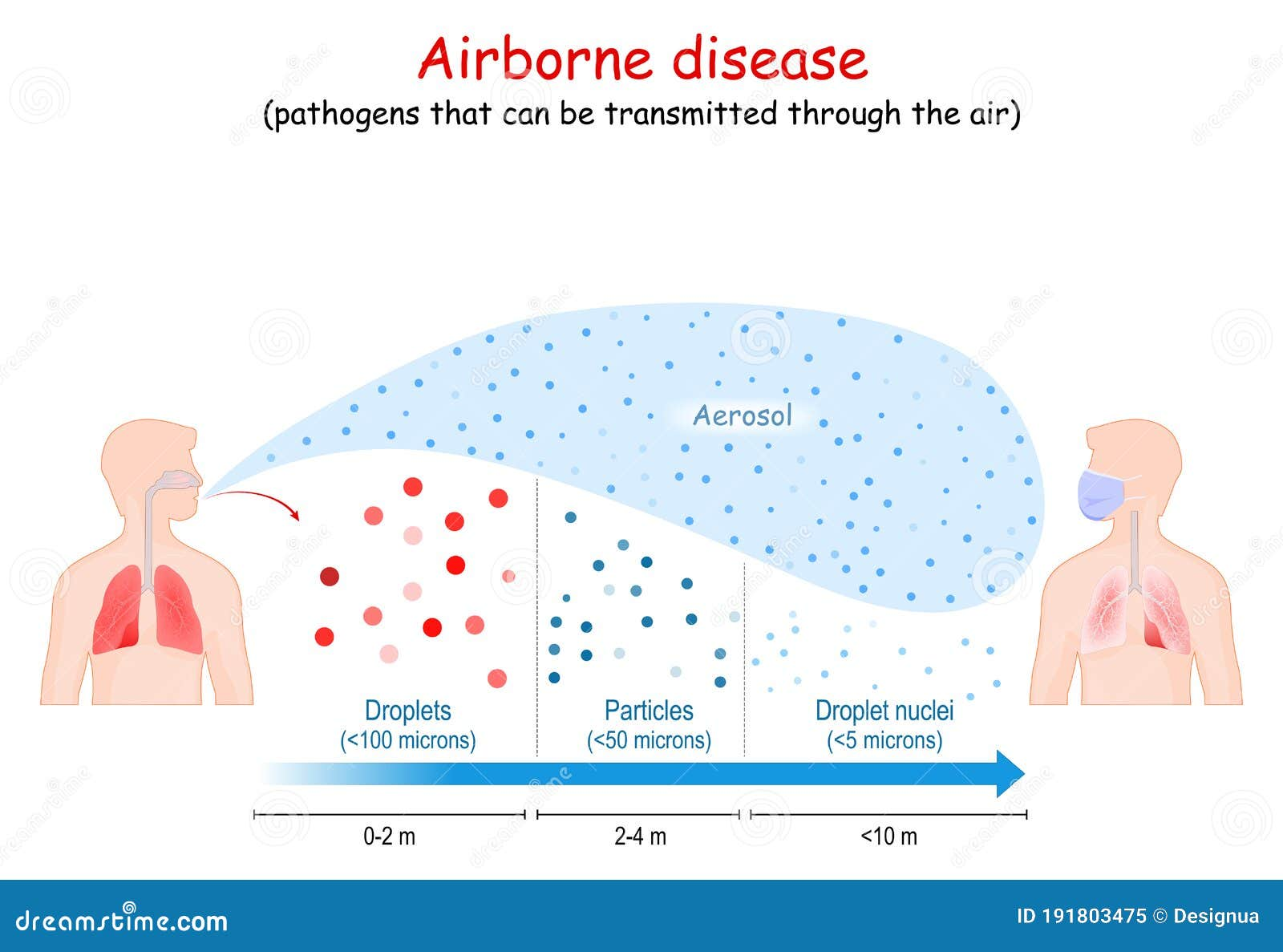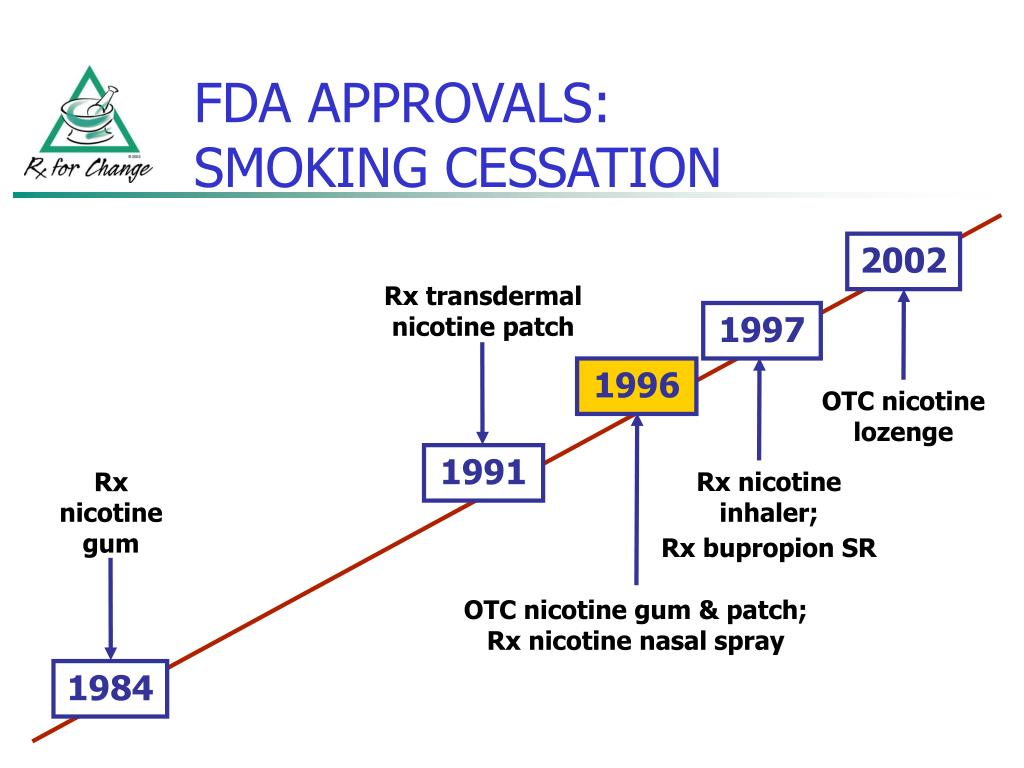Airborne diseases have long been a critical focus in the realm of public health, highlighting how disease transmission can occur through the very air we breathe. Renowned science writer Carl Zimmer details this complex history in his book, “Air-Borne: The Hidden History of the Life We Breathe,” where he examines the challenges researchers like William Firth Wells faced in gaining acceptance for the airborne infection theory. Historically, the germ theory, which posited that microorganisms were responsible for many diseases, laid the groundwork for understanding such ailments, yet the link between pathogens and the air remained underestimated for decades. Zimmer’s insights reveal how societal perceptions and personalities can impact scientific progress, especially in the context of disease transmission mechanisms. As we delve deeper into the intricacies of airborne infections, it becomes increasingly clear that understanding these diseases is vital to enhance our public health responses.
When discussing diseases that spread through the atmosphere, encompassing conditions like flu and tuberculosis, it is essential to consider the implications of airborne infections on global health. Various terms, such as respirable pathogens or atmospheric contagions, describe how microorganisms can travel unseen in the air, leading to widespread outbreaks. The exploration of this topic illuminates the significance of historical milestones in understanding how infections propagate, particularly as researchers like William Firth Wells pioneered methods to study these phenomena. Furthermore, the evolution of the germ theory fundamentally shaped our comprehension of how such airborne illness transmission occurs. As the fight against these airborne threats continues, it is crucial to recognize the foundational work of scientists and the societal barriers they faced in achieving recognition for their discoveries.
The Impact of Personality on Scientific Progress
Scientific progress is often attributed to the contributions of significant figures who drive discoveries and innovations. However, as Carl Zimmer points out, the personality traits of these individuals can profoundly affect the public’s acceptance of their findings. In the case of William Firth Wells, his disagreeable nature may have overshadowed his groundbreaking work on airborne diseases. This highlights a critical aspect of scientific advancement: the ability of researchers not only to make discoveries but also to communicate them effectively to both the scientific community and the public.
Wells’ research into airborne infection serves as a case study illustrating how personal attributes can hinder the dissemination of important scientific information. As noted by Zimmer, despite significant findings, Wells’ character contributed to his exclusion from key opportunities, suggesting that personality can influence funding, collaboration, and ultimately, the impact of research on public health. If scientists are unable to effectively convey their findings or attract support, critical advancements in fields such as disease transmission may be delayed or disregarded.
Airborne Diseases: Historical Perspectives and Modern Implications
The recognition of airborne diseases as significant threats to public health has evolved dramatically over time. Historically, the concept of “miasmas” dominated the understanding of disease transmission, where bad air was seen as the culprit for illnesses rather than microorganisms carried through the air. Figures such as Hippocrates laid the foundation for what would later be challenged by the advent of germ theory, advanced significantly by scientists like Louis Pasteur. Understanding this historical context is crucial, as it reveals the resistance to accepting airborne infection, despite compelling evidence presented by early researchers.
Today, researchers echo the findings of pioneers like Wells, who established that airborne pathogens pose serious health risks. Modern studies indicate that pathogens such as influenza and COVID-19 are primarily transmitted through airborne particles, underscoring the relevance of Wells’ early work. Today, ventilation systems, air filtration technologies, and public health policies that focus on managing air quality draw directly from the understanding that airborne diseases impact society. As global health challenges remain prevalent, revisiting and promoting the work of early scientists is vital in combating present and future airborne infections.
Understanding the dynamics of disease transmission allows us to create more effective strategies for addressing airborne diseases, highlighting the importance of historical perspectives in informing modern science. In essence, the path toward overcoming airborne pathogens is paved with the truths unveiled by early pioneers, despite their personal struggles.
The Role of Research in Controlling Infectious Disease
Research into infectious diseases plays a crucial role in forming the foundation for public health practices. The work done by scientists illustrates not only the mechanisms of disease transmission but also how environments can be optimized to minimize risks associated with airborne illnesses. Groundbreaking experiments, such as those conducted by Wells, shed light on how airborne pathogens interact with their environment, emphasizing the necessity for innovative approaches to infection control.
Through historical case studies, we see that advancements in understanding airborne diseases can lead to significant improvements in disease control measures. For example, Wells’ experiments with ultraviolet light show how technology can combat airborne pathogens, a principle that is incredibly relevant today. As contemporary challenges continue to arise, we must harness the spirit of inquiry exemplified by researchers like Wells to formulate various strategies that enhance public health and effectively manage the risks posed by airborne diseases.
Germ Theory and the Rise of Airborne Infection Research
The germ theory of disease revolutionized the understanding of how illnesses are spread, transitioning the focus from environmental factors to specific pathogens. This shift is largely credited to researchers like Louis Pasteur, who established a clear connection between microorganisms and disease. In the context of airborne infections, this theory created pathways for investigation into how pathogens are dispersed through the atmosphere and their implications for public health.
Despite this theoretical foundation, the acceptance of airborne infections as a realistic threat was slow to develop. Many health officials and the public remained skeptical, favoring more traditional routes of disease transmission such as those via water or food. It wasn’t until detailed studies, including those by Wells, that evidence for airborne transmission gained traction. The interplay between germ theory and the research into airborne infection demonstrates how pivotal scientific paradigms influence the development of public health policy and practices.
Lessons from the Past: Influencing Modern Air Quality Management
Understanding the research conducted by early scientists like Wells offers vital lessons for today’s public health approaches, particularly regarding air quality management. The rise of airborne diseases amidst global health crises emphasizes the urgent need for effective air purification strategies and improved ventilation systems to safeguard communities. Research that identifies how pathogens are transmitted through the air informs regulations that can mitigate risks associated with airborne illnesses.
Incorporating insights from historical research into current health protocols can significantly influence how we respond to airborne diseases. For instance, the innovations introduced by Wells regarding the use of ultraviolet light to eradicate airborne pathogens have resurfaced in modern strategies for air quality control, revealing the timeless relevance of such studies. By valuing the contributions of past researchers, we reinforce the importance of both historical context and ongoing innovation in managing public health.
Communication in Science: Overcoming Barriers to Understanding
The effective communication of scientific findings is pivotal to ensuring public understanding and acceptance, particularly concerning health-related topics. The history of science has shown that while groundbreaking research can provide invaluable insights, if not delivered effectively, such work risks falling into obscurity. The unfortunate narrative of William Firth Wells highlights this barrier, where his significant contributions to the study of airborne infections were undermined by his inability to engage audiences and garner support.
This calls attention to the need for scientists to cultivate not only their research skills but also their ability to communicate complex ideas in accessible terms. Engaging public interest through storytelling, visual aids, and collaborative discussions can bridge the gap between scientific findings and societal comprehension. As we grapple with current airborne diseases, enhancing communication strategies becomes essential in promoting awareness and encouraging personal and community-level actions to mitigate risks.
Collaboration in Scientific Research: A Key to Advancement
Collaboration among researchers is essential for propelling scientific discovery and enhancing public health measures. The obstacles faced by Wells highlight the potential drawbacks of isolated research efforts, especially when innovative ideas require interdisciplinary approaches and contributions. Wells needed collaboration not only to validate his findings but also to generate the momentum necessary to push research into airborne diseases into the public consciousness.
In today’s research landscape, interdisciplinary and collaborative efforts are increasingly acknowledged as pivotal in epidemic preparedness and response. By coming together across various scientific fields, researchers can pool expertise, share resources, and respond more effectively to airborne disease threats. The urgency for collaborative frameworks ensures that vital knowledge is disseminated efficiently, allying with the historical demonstrations of responding to infectious diseases.
Future Directions in Airborne Disease Research
Research into airborne diseases continues to evolve, driven by both new findings and emerging challenges posed by global health crises. As scientists delve deeper into understanding the nuances of how pathogens are transmitted through the air, innovative technologies and methodologies are revolutionizing the field. Future directions highlight the importance of integrating historical insights, such as those presented by Wells, with cutting-edge research to devise effective prevention strategies.
Moreover, the increased focus on climate change and its effects on air quality accentuates the need for ongoing study of airborne pathogens. As environmental conditions fluctuate, the transmission patterns of diseases may shift, necessitating a proactive approach to understanding and managing airborne illnesses. By taking cues from past research and adapting to emerging trends, scientists can better equip public health systems to confront future challenges relating to airborne diseases.
The Importance of Public Engagement in Scientific Findings
Public engagement is critical to the success of research on airborne diseases. The disconnect between scientific findings and public understanding can lead to resistance against necessary health measures and protocols, particularly during disease outbreaks. Engaging the public in discussions about airborne infection, as advocated by Carl Zimmer, can empower communities and foster trust in scientific recommendations.
Different strategies can enhance public engagement, from community workshops to social media campaigns, aimed at illuminating the importance of air quality and its direct correlation to health. By facilitating dialogue between scientists and the lay public, it becomes easier to disseminate crucial information about preventing airborne infections. This proactive engagement can ultimately shape healthier behaviors and enhance community resilience against diseases.
Frequently Asked Questions
What are airborne diseases and how are they transmitted?
Airborne diseases are illnesses caused by pathogens that can be spread through the air. These diseases can be transmitted via tiny droplets released into the air when an infected person coughs, sneezes, or talks. The germ theory, championed by scientists like Louis Pasteur, supports the concept that microorganisms play a critical role in the transmission of airborne infections.
How does William Firth Wells contribute to the understanding of airborne disease transmission?
William Firth Wells pioneered research into airborne infection, demonstrating that pathogens can spread through the air. His experiments in the 1930s, utilizing a centrifuge to analyze air samples, provided powerful evidence that microbes could be transmitted through exhaled air. His findings contributed significantly to our understanding of disease transmission.
What historical perspectives exist on the transmission of airborne infections?
Historically, the concept of airborne infections was not widely accepted. Ancient Greeks believed in miasmas—bad air causing disease—before the germ theory arose. Despite early contributions from scientists like Gottfried Ehrenberg, it wasn’t until researchers such as Wells provided evidence of airborne transmission that this idea gained traction in the scientific community.
How did the personality of key researchers impact the study of airborne diseases?
The personalities of researchers, such as William Firth Wells, have significantly impacted public acceptance and progress in studying airborne diseases. As theorized by Carl Zimmer, Wells’ socially awkward nature may have hindered the recognition of his groundbreaking research in airborne infection, delaying advancements in understanding disease transmission.
What role do ultraviolet (UV) light and infection chambers play in controlling airborne pathogens?
Ultraviolet (UV) light is effective in eliminating airborne pathogens, a discovery made by Wells during his research on infection chambers. These chambers allowed researchers to regulate airflow, demonstrating how controlling air quality could prevent the spread of diseases like tuberculosis. Wells’ innovations in this area remain important in modern infection control strategies.
What can we learn from the challenges faced by early researchers of airborne diseases?
The challenges encountered by early researchers like William Firth Wells highlight the significance of not only scientific rigor but also effective communication and collaboration in advancing infectious disease research. Overcoming personality barriers and gaining support within the scientific community are crucial for promoting the acceptance of innovative ideas in public health.
| Key Point | Details |
|---|---|
| Carl Zimmer’s Theory | Zimmer suggests that the personality of key researchers, particularly William Firth Wells, hindered the acceptance of airborne disease research. |
| Historical Context | The concept of airborne diseases dates back to ancient Greece with Hippocrates’ idea of ‘miasmas’. |
| Wells’ Experiments | Wells experimented with air samples and showed that human exhalations spread microbes, despite his lectures being poorly received. |
| Research Contributions | Wells developed the theory of airborne infection and demonstrated the efficacy of ultraviolet light in eliminating airborne pathogens. |
| Rejection and Recognition | Despite significant contributions, Wells faced dismissal and exclusion from opportunities due to disputes and his personality. |
| Legacy | Wells passed away before his work gained recognition, highlighting the unfortunate relationship between personality and scientific progress. |
Summary
Airborne diseases have a complex history that is profoundly influenced by the personalities of researchers in the field. Carl Zimmer emphasizes how the controversial figure of William Firth Wells, despite his significant contributions to understanding airborne pathogens, faced setbacks due to his personality traits. This narrative illustrates how the advance of science can be as much about interpersonal dynamics as it is about empirical evidence. As we continue to deal with diseases spread through the air, appreciating the historical context can enhance our understanding and approach to controlling airborne diseases.



